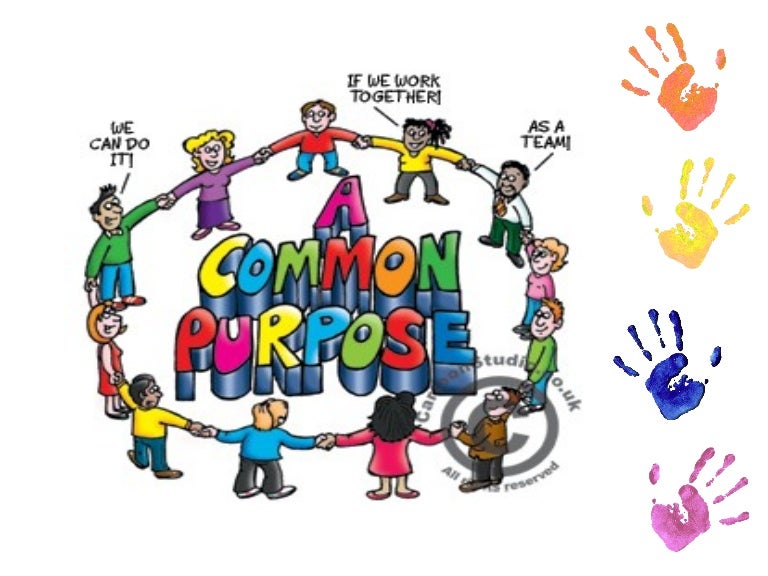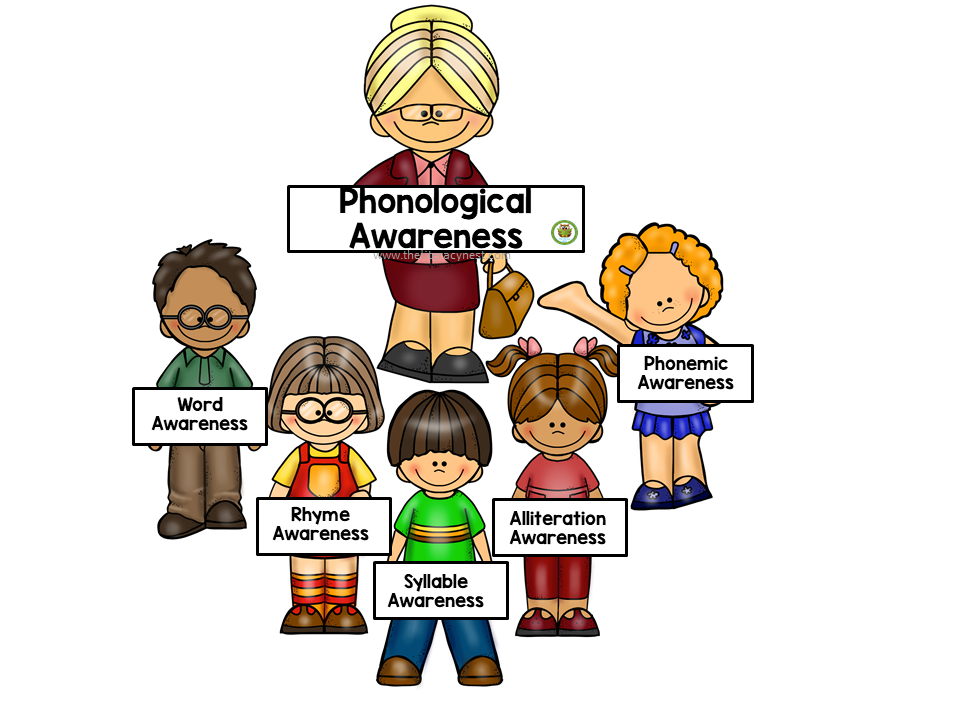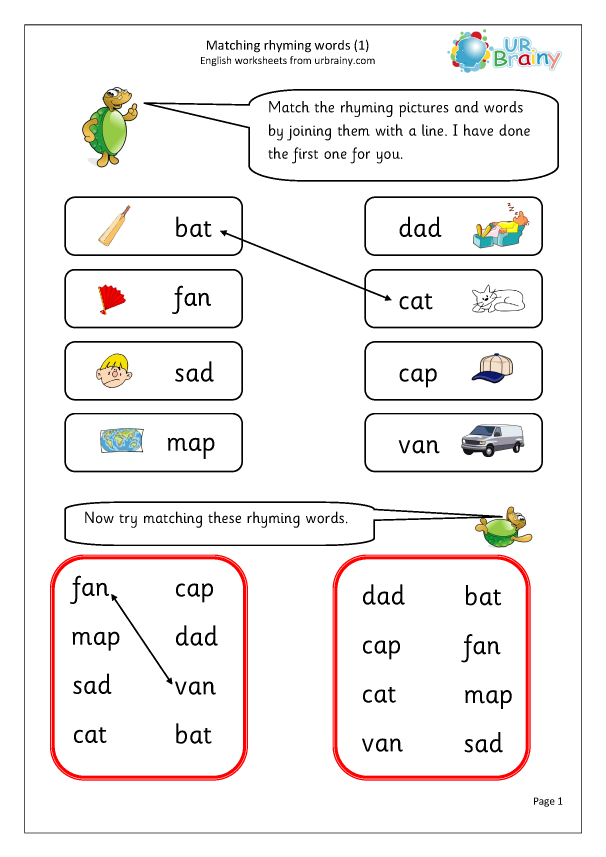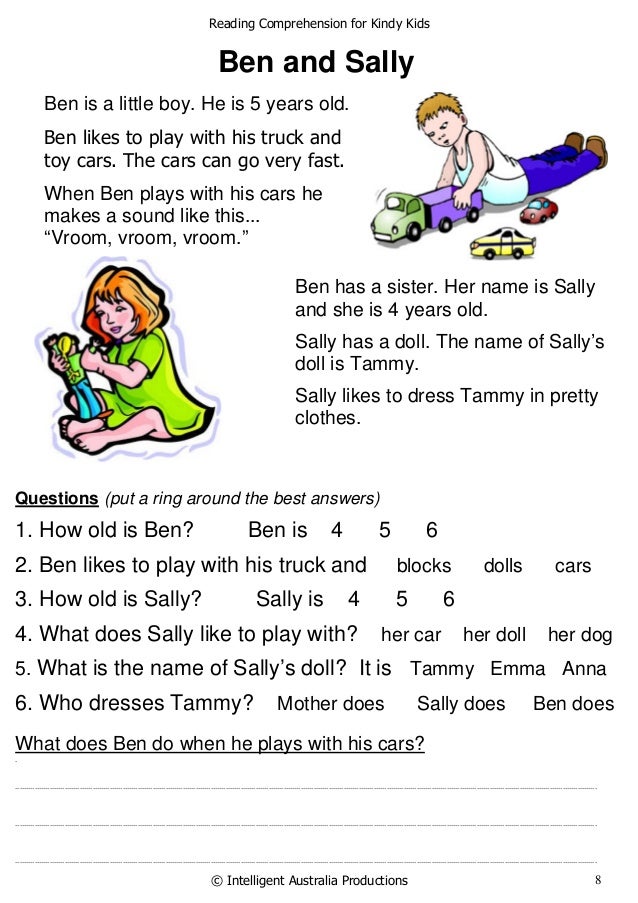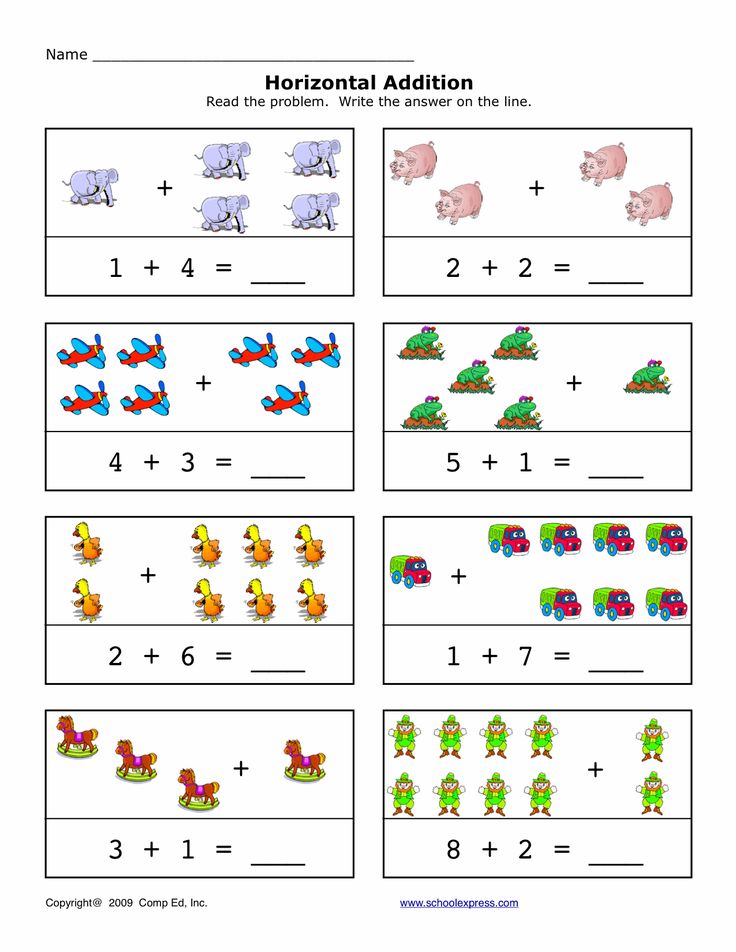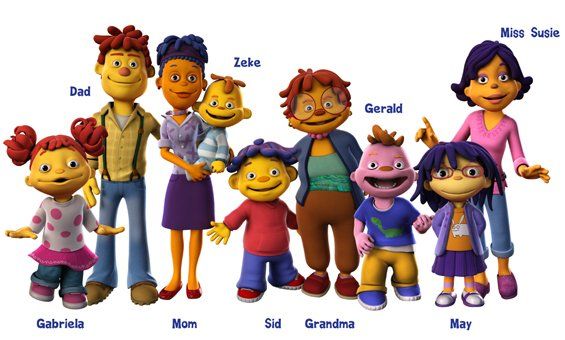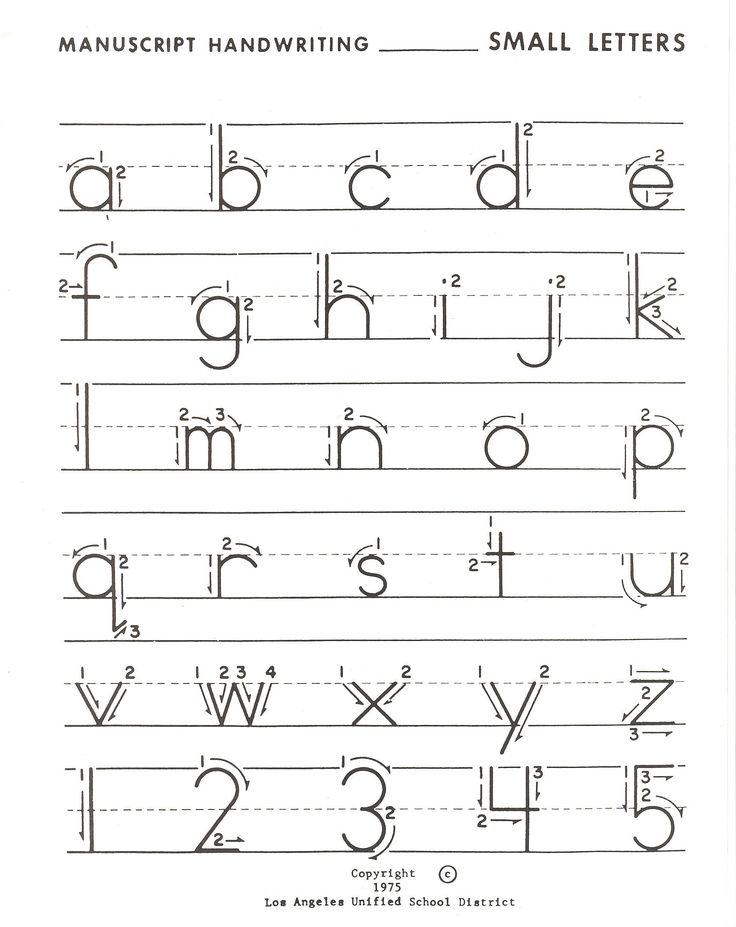Methods to teach children
Strategies Teachers Use to Help Kids Who Learn and Think Differently
Your child’s teachers may use a variety of teaching strategies in their classrooms. But do these strategies help kids who learn and think differently?
There’s no one way for teachers to deliver instruction to their students. However, some strategies are backed by research and are more effective than others.
These approaches and techniques can benefit all students. But they’re especially helpful to kids who learn and think differently. They can make a big difference in how well struggling students take in and work with information. (Some may even be used as formal accommodations in and .)
Explore topics selected by our experts
School supports
You may have heard of one or more of these strategies from your child’s classroom or special education teachers. If not, you can ask the teachers whether they use the strategies and how you might adapt them to use at home.
Here are six common teaching strategies. Learn more about what they are and how they can help kids who learn and think differently.
1. Wait time
“Wait time” (or “think time”) is a three- to seven-second pause after a teacher says something or asks a question. Instead of calling on the first students who raise their hand, the teacher will stop and wait.
This strategy can help with the following issues:
- Slow processing speed: For kids who process slowly, it may feel as though a teacher’s questions come at rapid-fire speed. “Wait time” allows kids to understand what the teacher asked and to think of a response.
- ADHD: Kids with ADHD can benefit from wait time for the same reason. They have more time to think instead of calling out the first answer that comes to mind.
2. Multisensory instruction
Multisensory instruction is a way of teaching that engages more than one sense at a time. A teacher might help kids learn information using touch, movement, sight and hearing.
This way of teaching can help with these issues:
- Dyslexia: Many programs for struggling readers use multisensory strategies. Teachers might have students use their fingers to tap out each sound in a word, for example. Or students might draw a word in the air using their arm.
- Dyscalculia: Multisensory instruction is helpful in math, too. Teachers often use hands-on tools like blocks and drawings. These tools help kids to “see” math concepts. Adding 2 + 2 is more concrete when you combine four blocks in front of you. You may hear teachers refer to these tools as manipulatives.
- Dysgraphia: Teachers also use multisensory instruction for handwriting struggles. For instance, students use the sense of touch when they write on “bumpy” paper.
- ADHD: Multisensory instruction can help with different ADHD symptoms. That’s especially true if the technique involves movement. Being able to move can help kids burn excess energy.
 Movement can also help kids focus and retain new information.
Movement can also help kids focus and retain new information.
3. Modeling
Most kids don’t learn simply by being told what to do. Teachers use a strategy called “I Do, We Do, You Do” to model a skill. The teacher will show how to do something (“I do”), such as how to do a math problem. Next, the teacher will invite kids to do a problem with the teacher (“we do”). Then, kids will try a math problem on their own (“you do”).
This strategy can help with these issues:
- All learning and thinking differences: When used correctly, I Do, We Do, You Do can benefit all learners. That’s because a teacher can provide support during each phase. However, teachers must know what support to provide. They also need to know when students understand a concept well enough to work on their own. Think of it like riding a bike: The teacher needs to know when to take off the training wheels.
4. Graphic organizers
Graphic organizers are visual tools.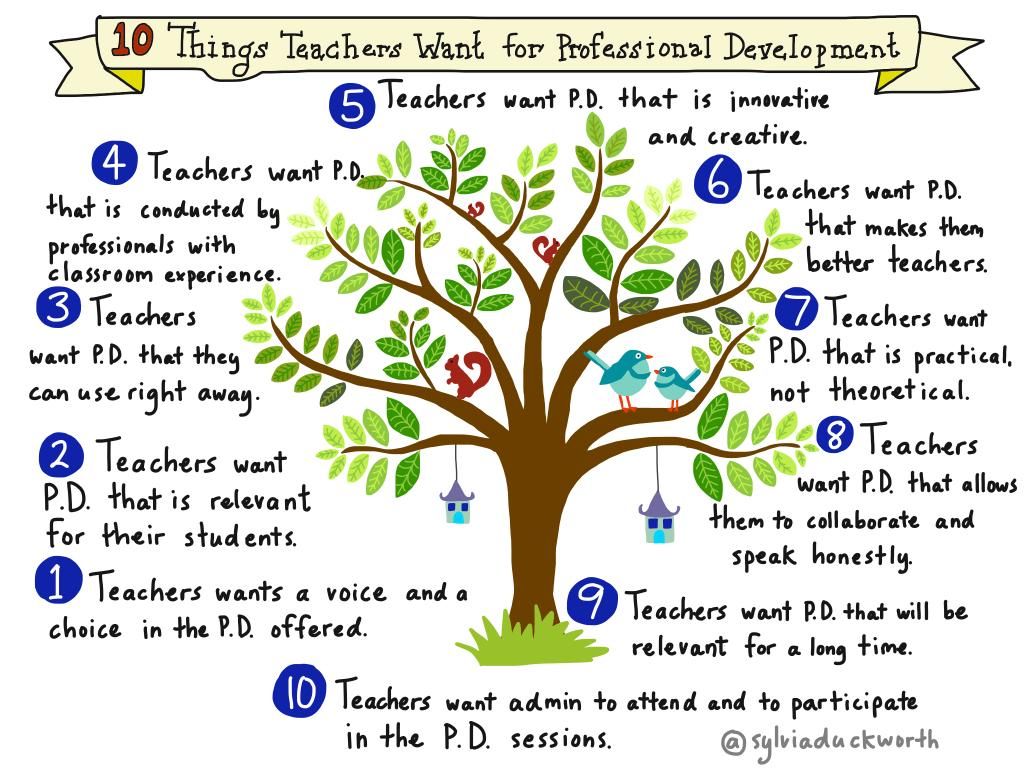 They show information or the connection between ideas. They also help kids organize what they’ve learned or what they have to do. Teachers use these tools to “scaffold,” or provide support around, the learning process for struggling learners. (It’s the same idea as when workers put up scaffolding to help construct a building.)
They show information or the connection between ideas. They also help kids organize what they’ve learned or what they have to do. Teachers use these tools to “scaffold,” or provide support around, the learning process for struggling learners. (It’s the same idea as when workers put up scaffolding to help construct a building.)
There are many different kinds of graphic organizers, such as Venn diagrams and flow charts. They can be especially helpful with these issues:
- Dyscalculia: In math, graphic organizers can help kids break down math problems into steps. Kids can also use them to learn or review math concepts.
- Dysgraphia: Teachers often use graphic organizers when they teach writing. Graphic organizers help kids plan their ideas and writing. Some also provide write-on lines to help kids space their words.
- Executive functioning issues: Kids with weak executive skills can use these tools to organize information and plan their work.
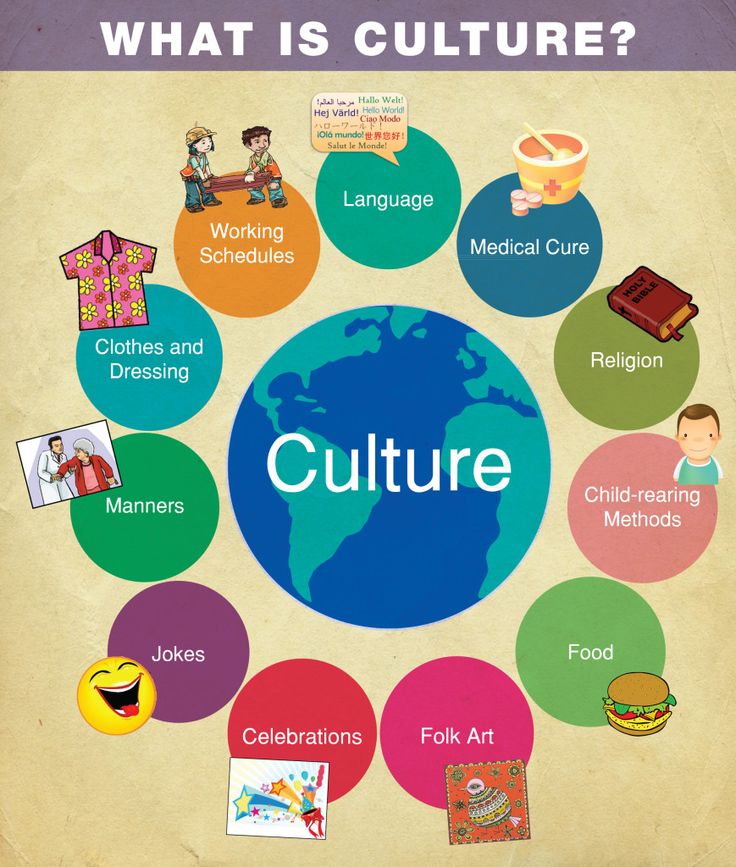 Graphic organizers can help kids condense their thoughts into short statements. This is useful for kids who often struggle to find the most important idea when taking notes.
Graphic organizers can help kids condense their thoughts into short statements. This is useful for kids who often struggle to find the most important idea when taking notes.
5. One-on-one and small group instruction
One strategy that teachers use is to vary the size of the group they teach to. Some lessons are taught to the whole class. Others are better for a small group of students or one student. Learning in a small group or one-on-one can be very helpful to kids with learning and thinking differences.
Some kids are placed in small groups because of their IEPs or an intervention. But that’s not always the case. Teachers often meet with small groups or one student as a way to differentiate instruction. This means that they tailor the lesson to the needs of the student.
This strategy helps with:
- Dyslexia: Students with dyslexia frequently meet in small group settings for reading. In the general classroom, teachers often work with a small group of kids at the same reading level or to focus on a specific skill.
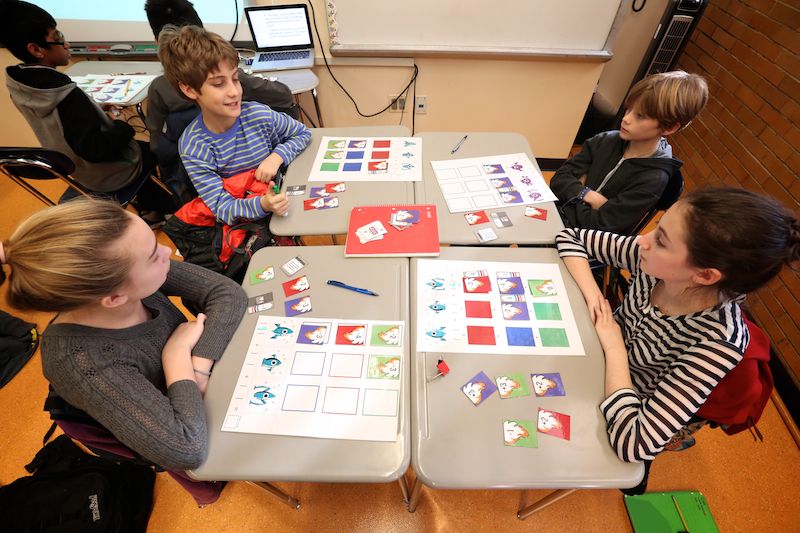 They might also meet because kids have a common interest in a book.
They might also meet because kids have a common interest in a book. - Dyscalculia: For kids with dyscalculia, teachers gather one or more students to practice skills that some students (but not the whole class) need extra help with.
- Dysgraphia: In many classrooms, teachers hold “writing conferences.” They meet with students one-on-one to talk about their progress with what they’re writing. For students with dysgraphia, a teacher can use this opportunity to check in and focus on specific skills for that student.
- ADHD and executive functioning issues: This type of instruction often takes place in settings with fewer distractions. The teacher can also help students stay on task and learn skills like self-monitoring.
- Slow processing speed: Teachers can adjust the pace of instruction to give students the time they need to take in and respond to information. In these groups, teachers can focus on the priorities of the lesson so students have the time to grasp the most important concepts.
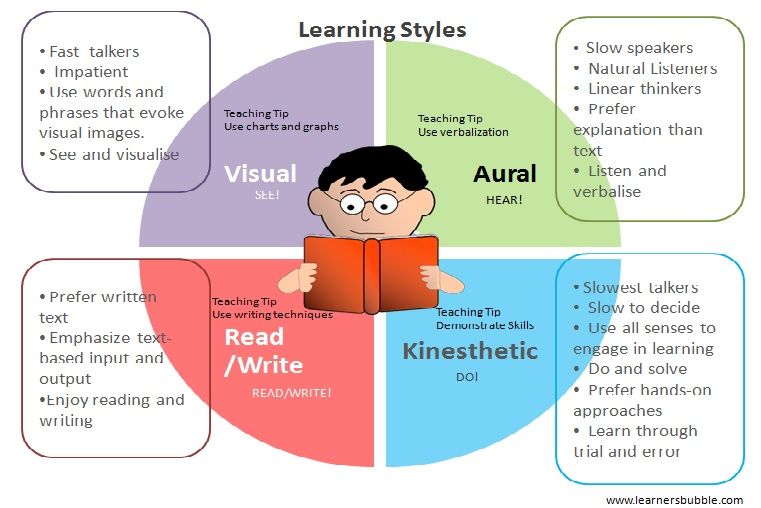 Being in a focused setting may also help decrease the anxiety students feel in whole-class lessons.
Being in a focused setting may also help decrease the anxiety students feel in whole-class lessons.
6. Universal Design for Learning (UDL) strategies
UDL is a type of teaching that gives all students flexible ways to learn and succeed. UDL strategies allow kids to access materials, engage with them and show what they know in different ways. There are many examples of how these strategies help kids who learn and think differently.
- ADHD: UDL allows students to work in flexible learning environments. For students who struggle with inattention and distractibility, a teacher might allow a student to work in a quiet space away from the class. Or the student may want to wear earbuds or headphones.
- Executive functioning issues: Following directions can be tough for kids with executive functioning issues. One UDL strategy is to give directions in more than one format. For instance, a teacher might give directions out loud and write them on the board.
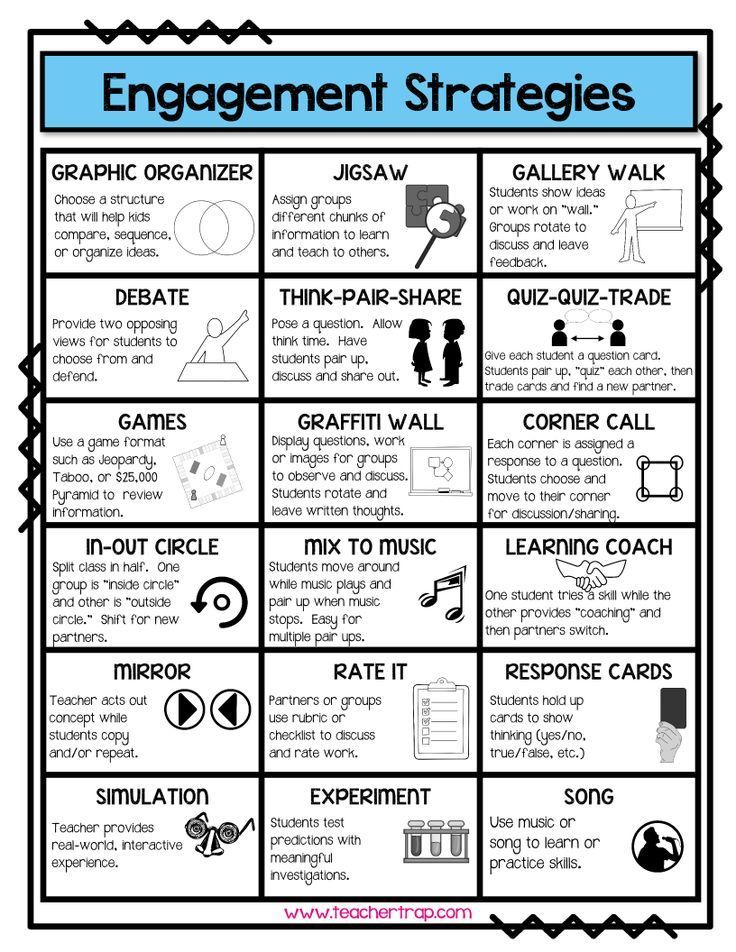
- Dyslexia: When teachers follow UDL principles, they present information in many different ways. For instance, instead of telling students they must read a book, they would be invited to listen to an audiobook. This removes a barrier for students who struggle with reading.
- Dysgraphia: One UDL strategy is to give assignment choices. Kids with dysgraphia may struggle to show how much they know about history by writing an essay. But they may shine when delivering a presentation or acting out a historical skit.
To learn more about any of these teaching strategies, talk with your child’s teacher. Ask which strategies they use, whether they are evidence-based and how you might use them at home.
Key takeaways
Some teaching strategies may be part of a child’s IEP or 504 plan.
The strategies aim to give kids needed support as they learn.
Talk with your child’s teachers about the strategies they use.
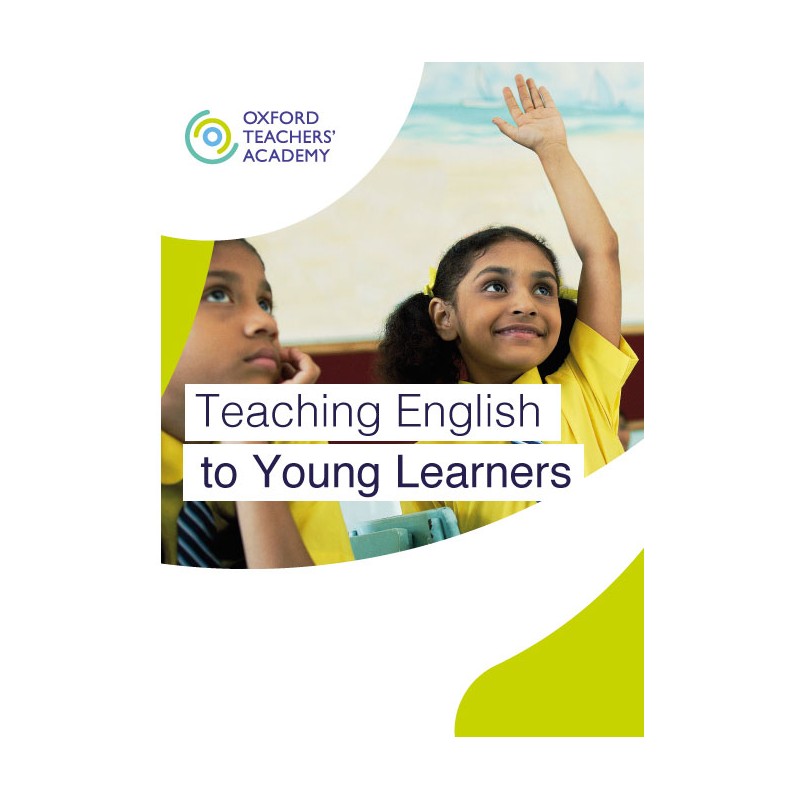
Related topics
School supports
BEST TEACHING METHODS - Kindergarten Lessons
Keep motivation intrinsic
One of the best teaching methods is to motivate children by modeling enthusiasm and curiosity.
Motivation comes from within (intrinsic) and from outside (extrinsic). Model curiosity and asking questions about the topics studied.
Young children are generally motivated to learn about everything. Unless they have often been made fun of when investigating or presenting their knowledge, they usually have a strong desire to find out and share information. Making too much fuss of any one child can result in a competitive attitude in the class.
Reinforce thinking processes rather than praising the child. Try, “That is an interesting way that you sorted your blocks. Tell me what you were thinking.” Then, “Sarah sorted her blocks in a different way. Both ways of sorting are interesting.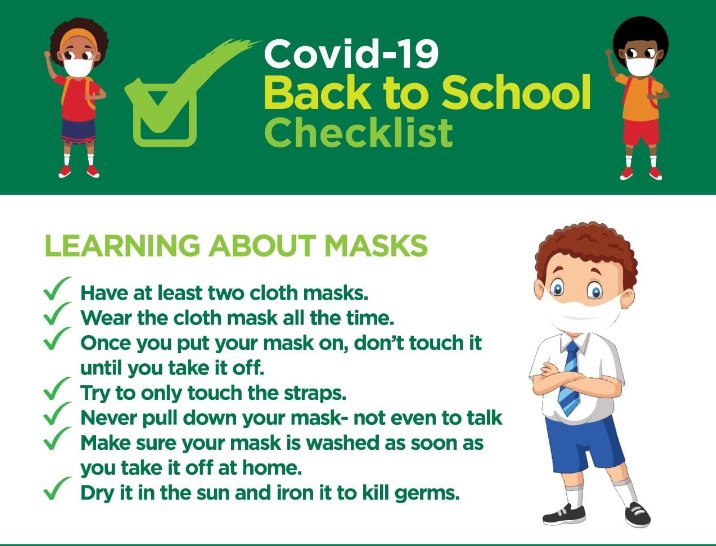 ”
”
Have children describe or share their new knowledge regularly
When children have an opportunity to communicate their new knowledge to patient adults it helps solidify concepts. It often takes children time to find the correct words to explain their thinking.
- Supply the students with descriptive words as they are playing or working, e.g. “Notice how dull those rocks are, the other ones are shiny”. This extends their vocabulary and increases their ability to share new discoveries.
Remember that children
need to be activeIf kindergarten students have been sitting still too long, they will quickly let you know when it’s time to move.
- Well-planned, interesting learning plans fail if the children need a break.
-
- Go for walks around the school, jump up and down, act out a story, do anything that gets the blood pumping around. It results in good circulation and more alert studentsScheduling lots of movement breaks throughout the day is an invaluable best teaching practice.

- Go for walks around the school, jump up and down, act out a story, do anything that gets the blood pumping around. It results in good circulation and more alert studentsScheduling lots of movement breaks throughout the day is an invaluable best teaching practice.
Be Sensitive to Children’s Needs
One thing I learned early in my teaching career is that learning doesn’t happen if a child is over tired, hungry, upset, scared or worried. Learning to be flexible and understanding with young children is a skill that will serve you well in your educational career. At times, children need to get away from everyone and be left alone.
A small space, such as under your desk, works well for some students who are too overwhelmed by home or other circumstances, to cope with their peers or their teacher.
If a student is hungry, it’s easier to let her eat part of her lunch early or to provide a snack, than to try to force the child to concentrate on a task until the scheduled eating time.
Inexperienced teachers sometimes misinterpret a child’s unwillingness to participate as stubbornness or bad behavior. It’s good to remember…
- That children often do not have the vocabulary to express themselves.
- To use reflective listening to help children understand what is upsetting them.
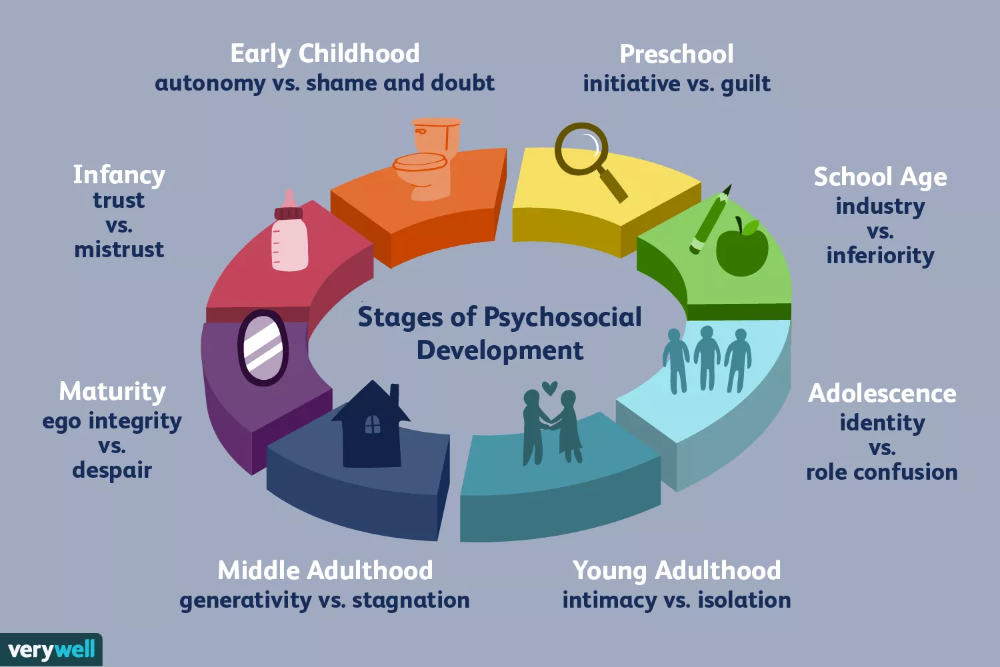
- That sometimes children work well in groups and this helps them learn to share and develop ideas and at other times they need to be alone with ample time to figure things out.
- To relax and have fun with your students!
Summary
Maintain a classroom atmosphere of warmth and acceptance.For some kindergarten children, your classroom will be one of the few places where their opinions and ideas have been heard and valued.
Lesson 1. Basic principles and basic methods of teaching children to write
As it should be understood, the process of teaching children to write is based not only on a specific methodology, but also on specific general didactic principles. Therefore, first we will talk about them, and then we will talk about the methods.
Contents:
- Basic principles for teaching children to write
- Basic methods of teaching children to write
- 4Brain 9 developments0010
Basic principles of teaching children to write
There are eight fundamental principles of teaching children to write:
- The principle of visibility
- Principle of Consciousness
- Repeatability principle
- The principle of gradual increase in complexity
- Individuality principle
- Principle of parallel teaching of writing and reading
- Principle of element-by-element study of letters
- Principle of single-variant writing
Learn more about each of them.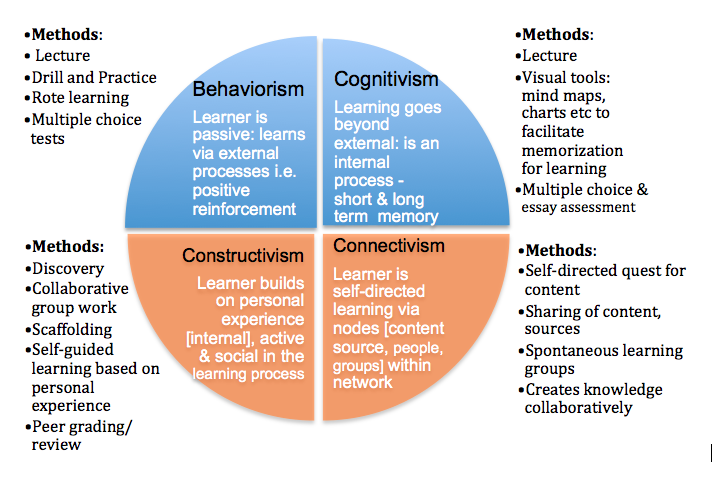
1
The principle of visibility
The principle of visibility is very important. You can ensure it by visually demonstrating the process of writing to your ward, for example, on a special board, on an album sheet or in a notebook, table, copybook or other manual. It is impossible to teach writing by oral instructions alone. The point is that imitating the example and copying the right actions is one of the main ways children learn information.
2
The principle of consciousness
According to the principle of consciousness, the habits, techniques and skills that you as a teacher form in a child need to be explained in detail and accurately from the very beginning. You also need to make sure that the child understands everything.
For example, in the first grade, students need to know:
- Letter order
- Letter combinations
- Meaning of slanted writing and peculiarities of slanted writing
- Letter height
- How to hold the handle correctly
- How to sit at the table
3
The principle of repeatability
The principle of repeatability is very important in automating the writing skill. It is realized in practice with the help of not the usual mechanical repetition of a sequence of correct movements, but such repetition and repetition that allows you to improve the technique. Repetition plays the greatest role in the first stages of the child's mastery of writing. It must be remembered that if for some reason there are breaks (holidays, vacations, treatment, etc.), the child quickly forgets the studied material, for example, the shape of letters or the rules of writing.
It is realized in practice with the help of not the usual mechanical repetition of a sequence of correct movements, but such repetition and repetition that allows you to improve the technique. Repetition plays the greatest role in the first stages of the child's mastery of writing. It must be remembered that if for some reason there are breaks (holidays, vacations, treatment, etc.), the child quickly forgets the studied material, for example, the shape of letters or the rules of writing.
4
Progression
Progression involves learning from simple to complex. For example, first a child learns to write elements of letters, then letters, and then letter combinations (methods of connecting letters). In calligraphy lessons, this principle is the main one, because. on it is built all the work on the shape of the letters.
The first category of letters includes the most understandable graphics, and the second - more complex in style. This organizational form (in groups) involves the growth of graphic elements, which is why in calligraphy the principle is called genetic.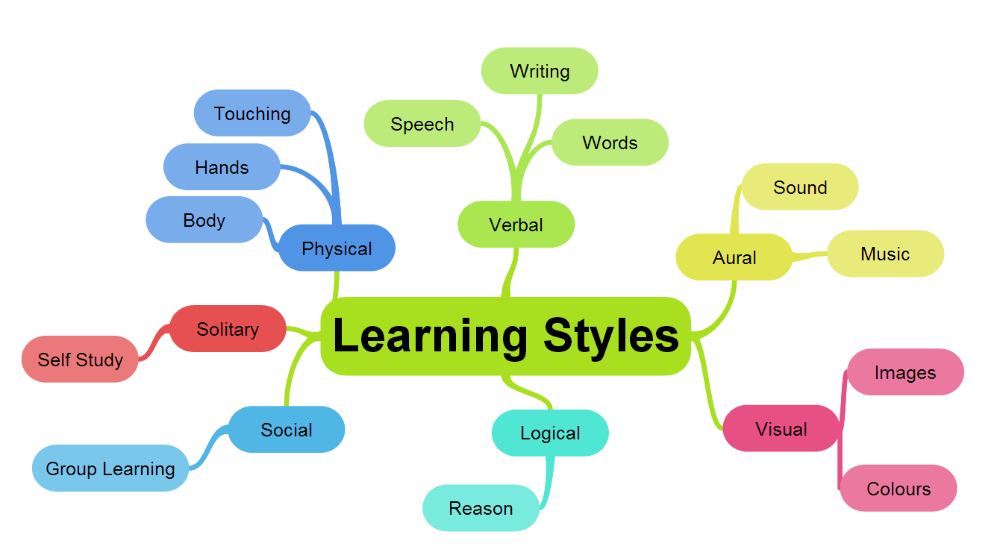
5
The principle of taking into account individual characteristics
Based on the principle of taking into account individual characteristics, when teaching a child to write, you should know how he differs in terms of development: features of vision (farsightedness, myopia), the predominant nature of information perception (auditory, visual, kinesthetic), deviations (twitching of the hands, trembling of the fingers) or their absence in the motor skills of the hands, etc.
In addition, you should observe the child's posture while writing, the manner in which the pen is held, the position of the notebook, the reproduction of letter shapes, their sequence, connections, writing speed, etc. This allows you to see the shortcomings in time and correct them.
6
The principle of parallel teaching of writing and reading
The principle of parallel teaching of reading and writing was introduced in the middle of the 19th century by the Russian teacher and writer Konstantin Dmitrievich Ushinsky.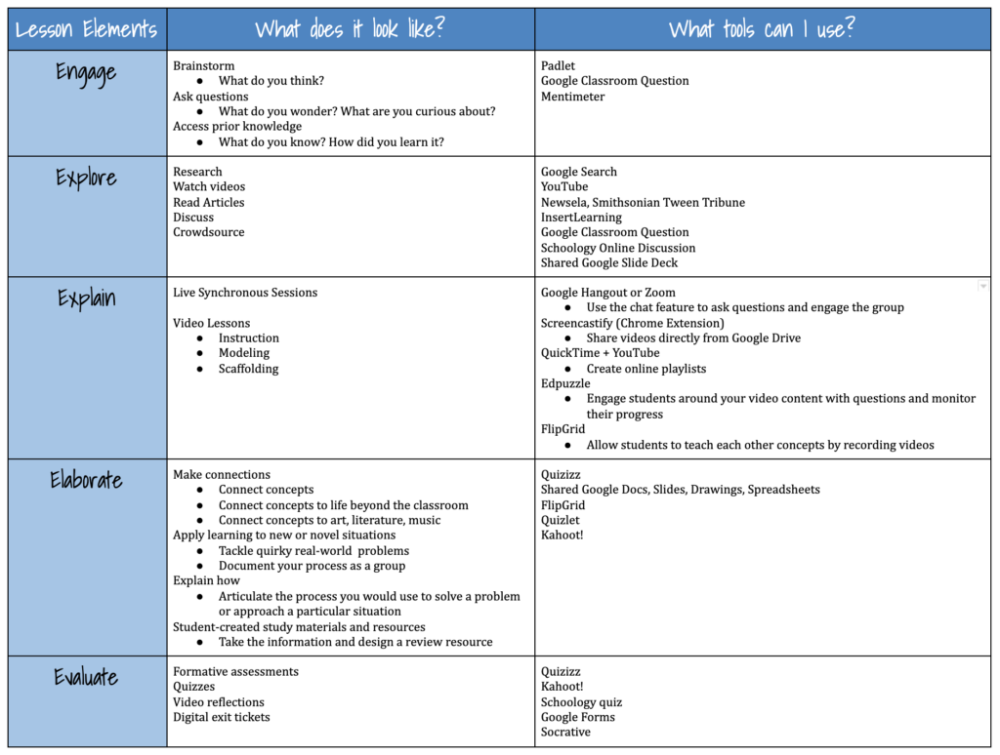 Even today, this principle is actively used in schools, because. they are provided with conscious and competent writing. Without knowing the letters, the child will not be able to write them, and knowing the sequence of letters and their pronunciation, he will master the letter much faster. Therefore, it is recommended to teach children to write and read at the same time.
Even today, this principle is actively used in schools, because. they are provided with conscious and competent writing. Without knowing the letters, the child will not be able to write them, and knowing the sequence of letters and their pronunciation, he will master the letter much faster. Therefore, it is recommended to teach children to write and read at the same time.
7
The principle of element-by-element learning of letters
clearly illustrates one of its particular manifestations. However, it should not be associated with tear-off writing, because the writing of letters on paper consists of continuous motor elements. The child does not simply depict the elements he sees, but trains in writing parts of letters that represent more or less complete movements that do not contradict the natural movements of the hand during normal writing.
8
The principle of single-variant writing of written letters
The principle of single-variant writing of written letters depends on the features with which a motor skill is formed.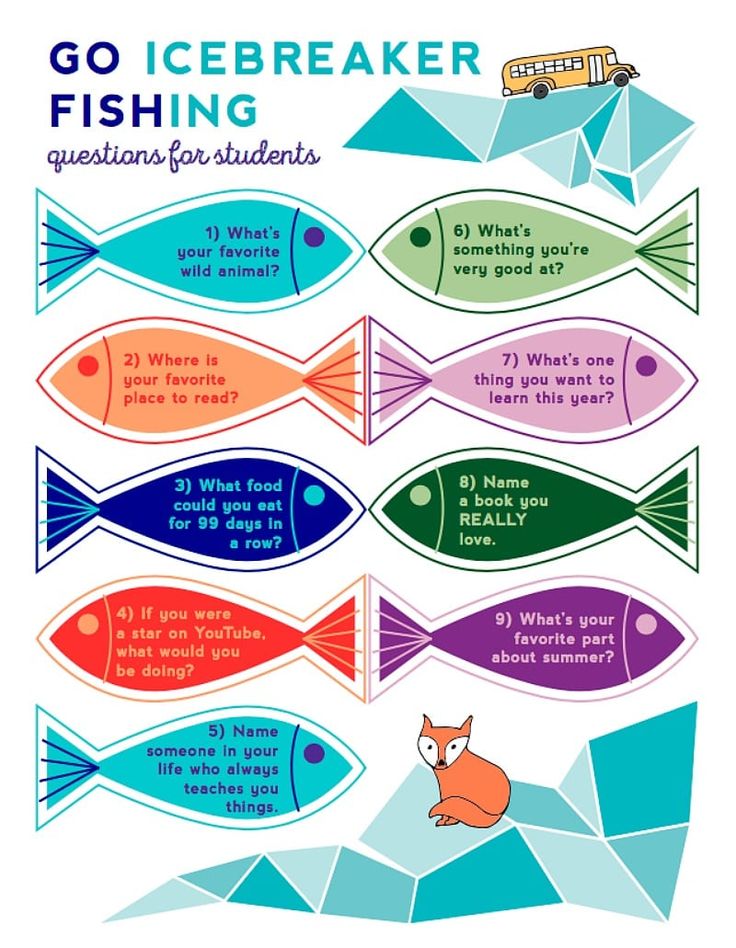 More specifically, it is the repetition and uniformity of the movements performed by the hand. For example, in a letter there are 9 letters, the graphic composition of which includes ovals - these are the letters "a", "o", "O", "b", "d", "f", "F", "u" and "YU". There are straight lines turning into an oval - these are the letters "b", "b", "B", "Y". There are also lines with a loop, such as "in" and other elements. In practice, compliance with the principle is tracked through the identity of the forms given to the letters and the sequence of the outline of the elements.
More specifically, it is the repetition and uniformity of the movements performed by the hand. For example, in a letter there are 9 letters, the graphic composition of which includes ovals - these are the letters "a", "o", "O", "b", "d", "f", "F", "u" and "YU". There are straight lines turning into an oval - these are the letters "b", "b", "B", "Y". There are also lines with a loop, such as "in" and other elements. In practice, compliance with the principle is tracked through the identity of the forms given to the letters and the sequence of the outline of the elements.
The principle also corresponds to how exactly a graphic skill is formed from the perspective of a motor action. The main pattern of this process is manifested in the hand making circular rhythmic-oscillatory movements directed inward and towards the shoulder during the formed writing. This is achieved only by repeated reproduction of monotonous elements, i.e. performing the same actions.
These are the eight basic principles for teaching children to write. It is on them that you should rely in the early development of your child in order to be sure that the result will be worth the effort.
It is on them that you should rely in the early development of your child in order to be sure that the result will be worth the effort.
Now let's go directly to the methods that are used when you need to teach a child to write.
Basic methods of teaching children to write
In total, we will consider six methods:
- Element-holistic method
- Copy method
- Linear method
- Genetic method
- Rhythmic method
- Joseph Carster Method
Let's start with the element-wise holistic method. In addition, it allows you to implement the principles of simultaneous inscription and element-by-element study of letters, which we have just talked about.
1
Element-by-element-holistic method
The meaning of the element-by-element-holistic method is determined by the peculiarities of the relationship between the visual and motor elements of letters, which, among other things, determine each other.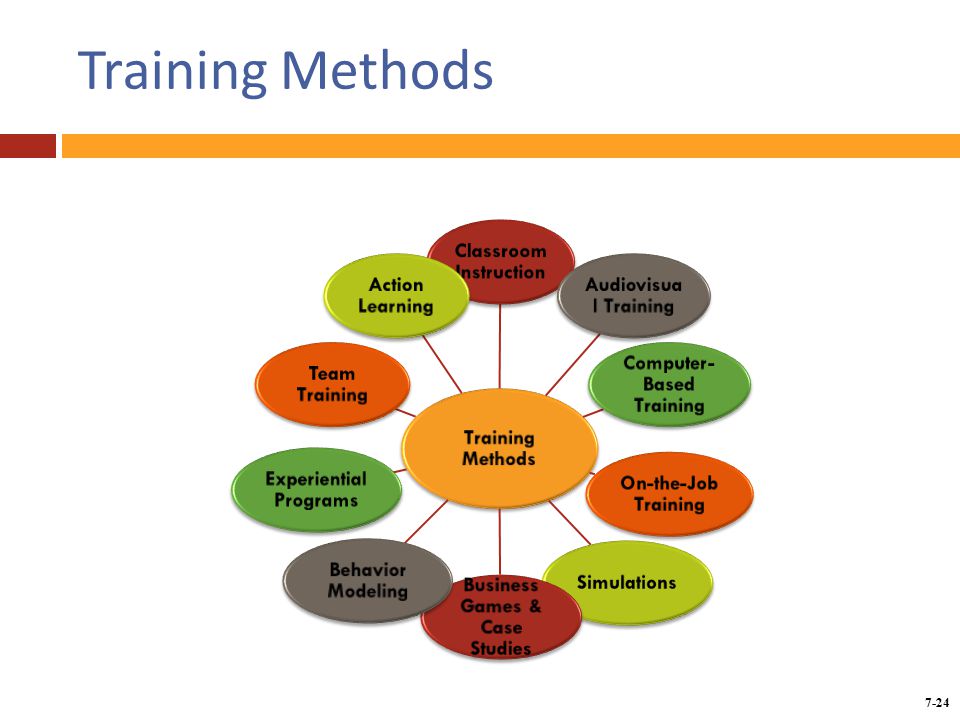 Thanks to this method, it is possible to purposefully influence the formation of integral, differentiated visual-motor images of letters. Based on these images, the child masters the skill of initial writing, in other words, the simplest graphic skill.
Thanks to this method, it is possible to purposefully influence the formation of integral, differentiated visual-motor images of letters. Based on these images, the child masters the skill of initial writing, in other words, the simplest graphic skill.
The element-by-element-holistic method of teaching initial writing is based on several methodological techniques - this is an analytical perception and practical construction of letters. Before working out the outline of letters, the child needs to learn how to reproduce their forms, and this is their construction and redesign with the help of elements.
The above method is considered innovative. Traditionally, teaching children to write is based on other methods. They will be discussed further.
2
Copying method
Copying method (the second name is stigmographic) made itself known in the 18th century. The bottom line is that you write in a notebook with dots or a pencil lettering. Next, the child circles these styles or dots, thereby getting used to the shapes of the letters and their correct spelling.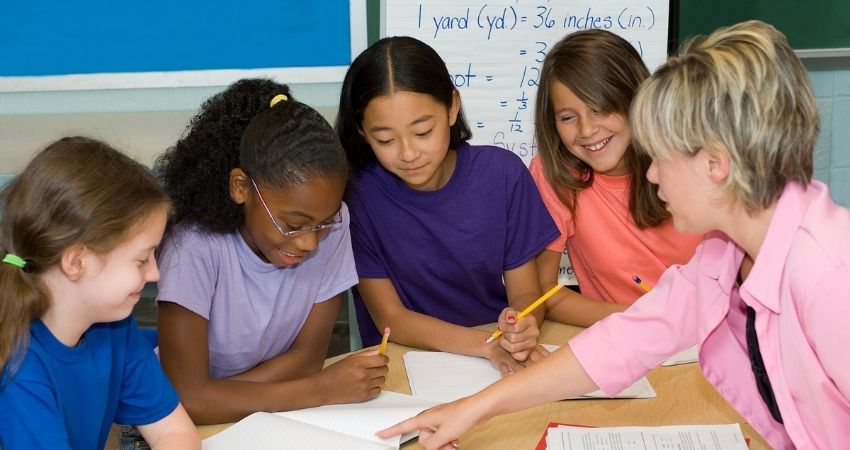 A common example of the use of the copy method is ordinary prescriptions.
A common example of the use of the copy method is ordinary prescriptions.
The method can be used both for teaching initial writing and for correcting incorrect handwriting. To do this, the child is shown the correct samples of letters and their combinations and is offered their identical spelling.
Using the stigmographic method, if, of course, it is used correctly, the child perfectly trains the skill of performing correct movements, taking into account their shape, direction, size, range, etc. If all this is perceived only visually, the child will not transfer the necessary actions to the writing process. By means of tracing, one can practice well in honing motor representations.
3
Linear method
The linear method appeared already in the 19th century, which was greatly influenced by the introduction of notebooks into a ruler. The introduction of the method made it much easier for children to learn the correct spelling of letters, their size, inclination, connection, and also had a positive effect on the development of the eye and fluency in writing.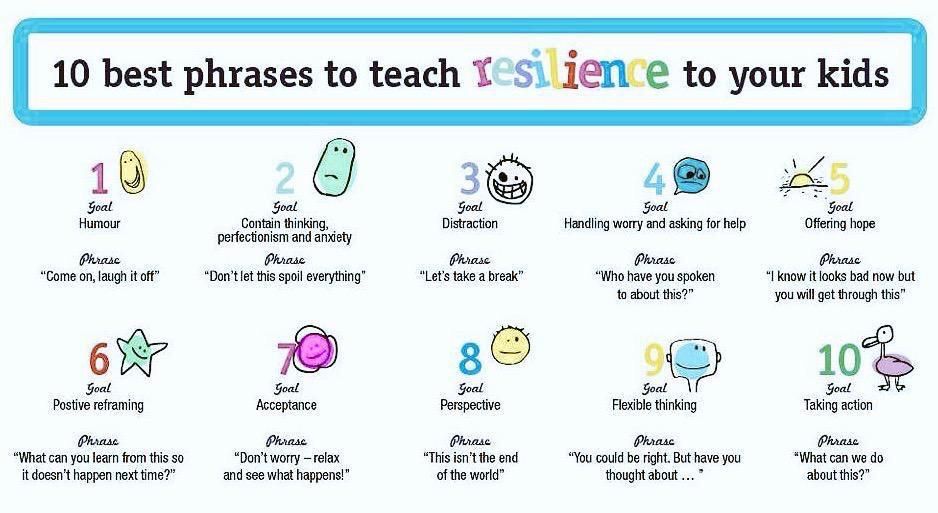
Today, for the implementation of the linear method, mainly notebooks in one and two rulers are used, and it is the latter that provide the development of a specific height of letters (1st grade) and the correction of brush movement along the line (2nd and 3rd grades) when teaching writing .
4
Genetic method
The genetic method has been known since the 18th century. in teaching writing, it was used by the Swiss teacher Johann Heinrich Pestalozzi. And in the 19th century, it was used in almost every European school. In Russia, it is traditionally resorted to after the child has mastered the outline of all the letters, and only to hone the writing skill and correct the forms in the post-letter period.
The main characteristics of the genetic method are that it presupposes the preliminary writing of constituent letters and the assimilation by the child of the outline of the letters, not in alphabetical order, but in order of increasing complexity in their outline.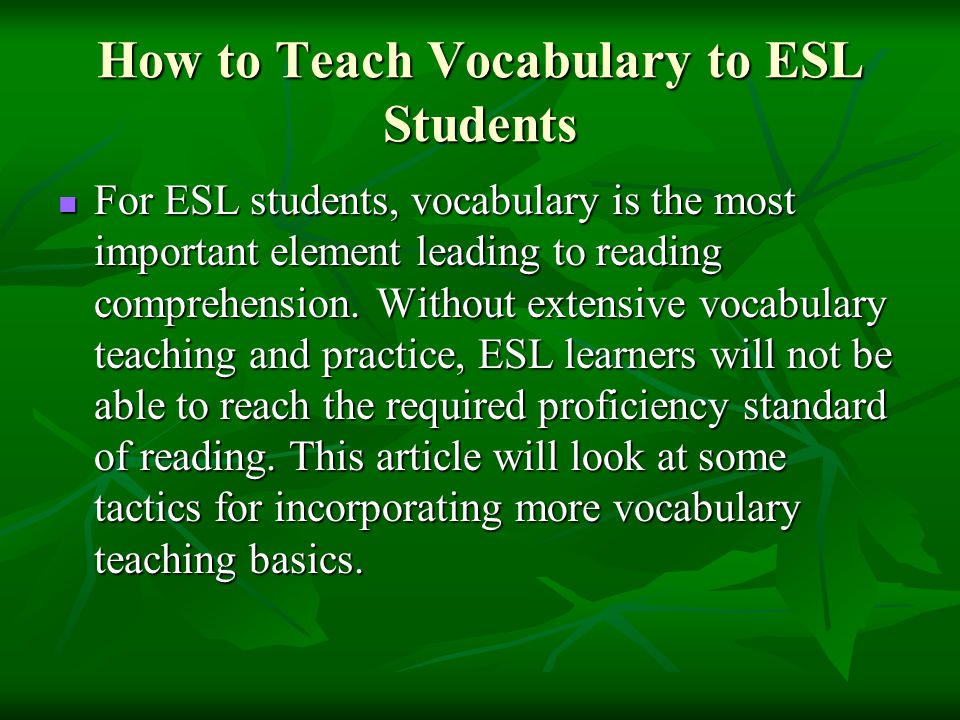 It can also be noted here that the process is built on the basis of genesis, when each subsequent letter is formed by adding a new element to the previous one. The child learns in advance the main element that serves as the basis of a new block of letters.
It can also be noted here that the process is built on the basis of genesis, when each subsequent letter is formed by adding a new element to the previous one. The child learns in advance the main element that serves as the basis of a new block of letters.
5
Rhythmic method
The rhythmic method, also called the tactical method, is writing in time to the count, when the child writes in one specific rhythm and tempo. The method has earned popularity, firstly, due to the developmental effect on the fluency of writing, secondly, because it allows you to significantly increase the speed of writing, and, thirdly, because of the formation in children of decisive and clear actions required to acquire beautiful writing skills. In addition, the method promotes discipline and brings animation to the classes.
But for the successful application of the rhythmic method, it is necessary to introduce it in accordance with several important requirements:
It is worth noting that rhythmic writing requires a lot of attention and effort from children, and therefore quickly tires them.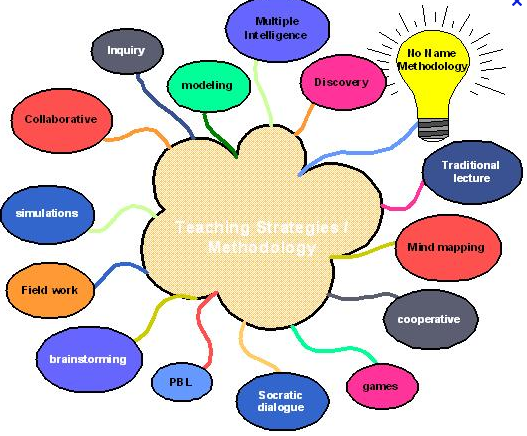 So at first, clocking is allowed only on half lines, and pauses are made in the middle of the lines, because. otherwise, the quality of the letter will decrease by the end of the line.
So at first, clocking is allowed only on half lines, and pauses are made in the middle of the lines, because. otherwise, the quality of the letter will decrease by the end of the line.
6
Joseph Carster method
The last method we will talk about was developed by the English teacher Joseph Carster in the 19th century. It is based on the child performing a series of exercises that develop hand movements: the forearm, hand and fingers.
The Carster method is designed to develop free, fast and confident hand movements. When using it, the child first learns to write simple large elements, then letters, where there are special strokes, and then words, but without auxiliary parts. This is necessary so that the child learns to use the space of the sheet and the direction of writing, to achieve freedom and ease of movement.
As a parent and educator at the same time, you should know that in practice none of the methods discussed above as an effective independent tool could justify itself. The best results at all times were achieved only through an integrated approach, where each stage of training was built on a specific method.
The best results at all times were achieved only through an integrated approach, where each stage of training was built on a specific method.
4Brain achievements
As in the case of the two previous blocks of our course, we approached the preparation of the third block no less thoroughly. So, we examined the most popular methods of teaching children to write, evaluated their pros and cons, systematized and made them look convenient for perception. In addition to the third lesson, the remaining seven will be mostly practical, although in the next we will touch on practice.
Many tips and tricks, games and exercises have been tested in practice and by some members of the 4Brain team, which is why we are confident in their effectiveness, and feel free to share information with you. In the third lesson, we will talk about preparing children for classes, as well as offer some fun games for children and useful tricks for practical application.
Test your knowledge
If you would like to test your knowledge on the topic of this lesson, you can take a short test consisting of several questions. Only 1 option can be correct for each question. After you select one of the options, the system automatically moves on to the next question. The points you receive are affected by the correctness of your answers and the time spent on passing. Please note that the questions are different each time, and the options are shuffled.
Only 1 option can be correct for each question. After you select one of the options, the system automatically moves on to the next question. The points you receive are affected by the correctness of your answers and the time spent on passing. Please note that the questions are different each time, and the options are shuffled.
Statistics Full screen
Kirill
← Teaching children to write 2 Preparation, games, tricks →
Various methods and techniques for teaching children
As you know, since ancient times, mankind has been practicing various forms and methods of transferring knowledge about the world and experience from one generation to another. It was this endless transmission that became the basis of pedagogy in the form that is familiar to modern man. At the same time, today at the disposal of educators and teachers there are a large number of various methods and techniques for teaching children.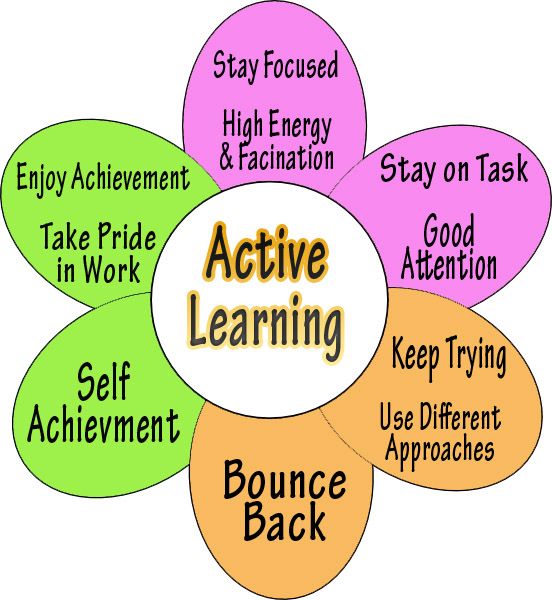
Methods and techniques for teaching children
In order to understand the essence of the processes, it is first of all necessary to understand what is meant by the pedagogical terms "method" and "reception".
Under the method it is customary to understand the whole system of various work techniques that the teacher uses in the process of interacting with students. Moreover, the method includes techniques, so we can assume that this is a broader concept that performs a larger range of tasks. Thus, the method is a certain verified sequence of techniques that the educator or teacher uses to achieve certain tasks.
In this regard, it is worth noting a significant variety of techniques that can be used by a teacher, some of them:
- Play;
- Practical;
- Visual;
- Verbal;
- Research;
- Search.
The method and, accordingly, the method of teaching is chosen depending on the age category, the goals pursued and the characteristics of the physical or mental development of students.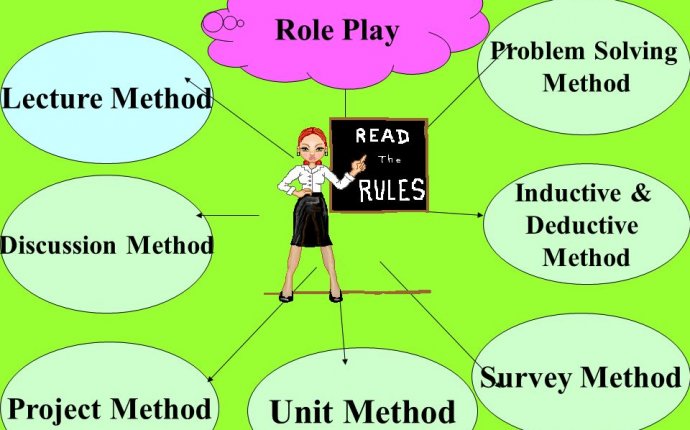 Also, when developing teaching technologies, teachers pay attention to the fact that it can be difficult for children of a younger age group to concentrate their attention on a particular lesson for a long time. Therefore, they include various game moments in the lesson, which, on the one hand, instill useful skills, and on the other hand, make it possible to switch the child's attention.
Also, when developing teaching technologies, teachers pay attention to the fact that it can be difficult for children of a younger age group to concentrate their attention on a particular lesson for a long time. Therefore, they include various game moments in the lesson, which, on the one hand, instill useful skills, and on the other hand, make it possible to switch the child's attention.
Methods and techniques for teaching preschool children
The relationship between the age of the child and the ways of his education has already been mentioned, so it makes sense to dwell on preschool children in more detail. This is due to several reasons, the main of which is that preschool education is the foundation, and the academic knowledge obtained at school is superimposed on it. And therefore, how strong this foundation will be depends on the correct approach of the teacher.
The key feature of teaching preschool children is their limited resources. For example, they still do not know how to write and read.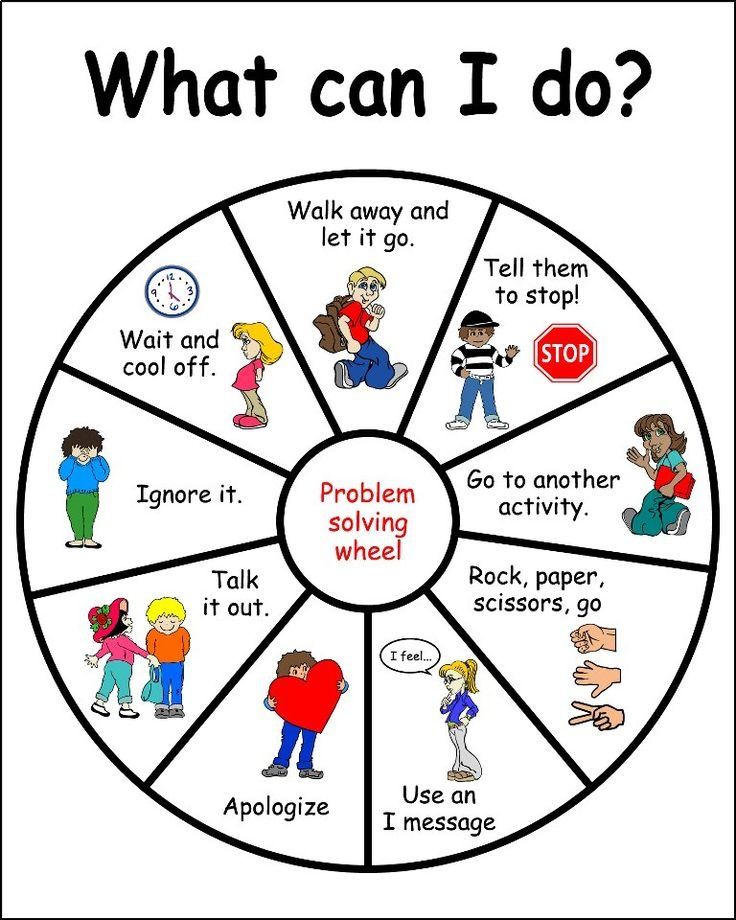 And this excludes the possibility of referring to textbooks or data from the Internet, and they also do not have the opportunity to write down thoughts and observations on a topic of interest.
And this excludes the possibility of referring to textbooks or data from the Internet, and they also do not have the opportunity to write down thoughts and observations on a topic of interest.
Therefore, most often teachers of preschool educational institutions turn to visual and playful forms of teaching a child. In fact, they work out in practice the skills necessary in the future: the definition of various geometric shapes, ordinal counting. The lessons themselves take a fairly short period of time, about 20 minutes. And an experienced teacher will also build the educational process in such a way as to change the type of activity of children from time to time, switch their attention.
The most striking and illustrative example of the effectiveness of the use of practical teaching methods is various creative disciplines. After all, it is this type of activity that involves the development and subsequent consolidation of a certain skill or ability.
Methods and techniques for teaching children visual activity
In order to teach a child to draw, teachers turn to visual teaching methods.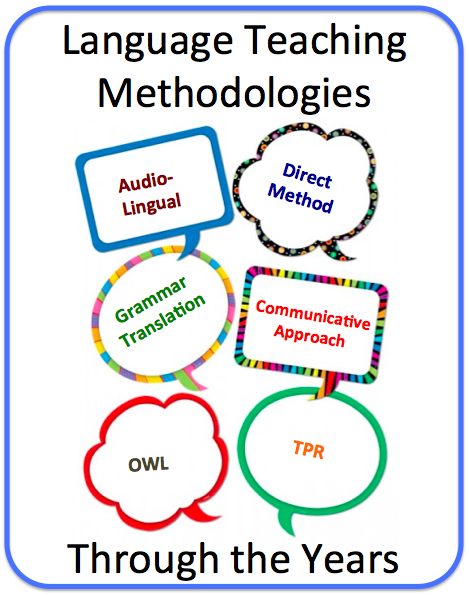 So, they first demonstrate various works of painting (most often these are reproductions of famous paintings), giving the child the opportunity to see various techniques for transferring images to paper.
So, they first demonstrate various works of painting (most often these are reproductions of famous paintings), giving the child the opportunity to see various techniques for transferring images to paper.
The second step will be to work with "nature", that is, with the object that the children will have to portray. The teacher asks to carefully consider the subject, name its distinctive features and features. It is important to understand that for the first lesson, the simplest option will be used, for example, a red ball. And therefore, children will name the most obvious signs - shape, size, color. And already in subsequent lessons the task will become more complicated, that is, the object itself will become more difficult.
In addition, many educators do not stop at a simple demonstration. First, they independently perform the drawing, explaining their actions and their meaning, and then they work again, but already together with the group.
Methods and techniques for teaching children how to model
Clay work is an interesting combination of several teaching methods, so this activity is also worth mentioning.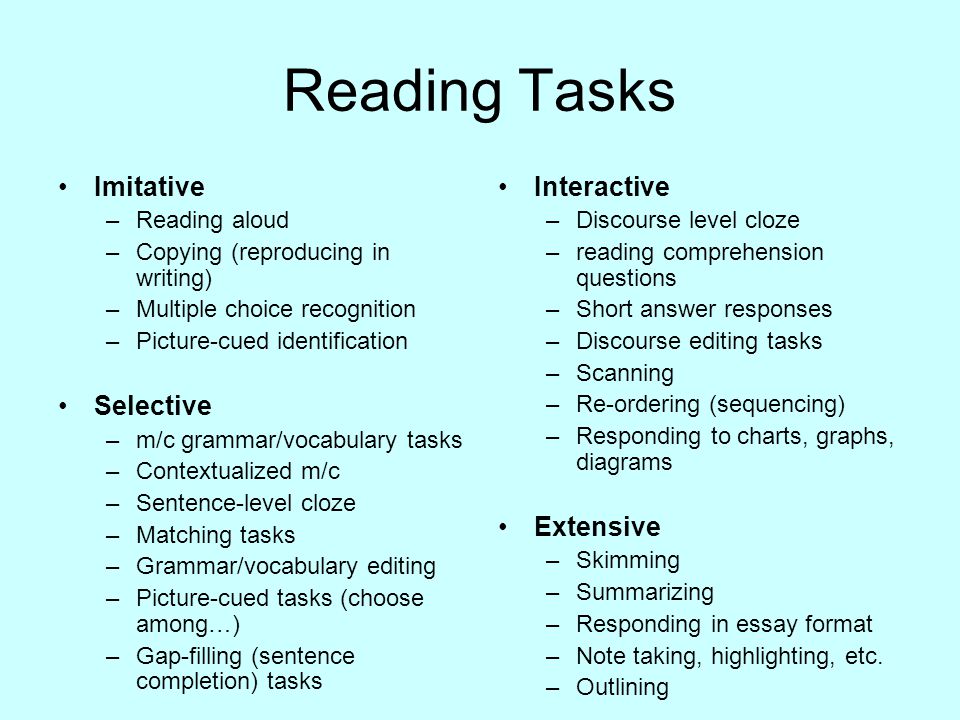
The study of clay modeling techniques for children takes place in several stages. To begin with, “getting to know the material” is a visual learning technique where students identify the main characteristics of the clay using their experience. After that, the information-receptive method is used, when the whole group, focusing on the teacher and his comments, repeats a certain set of movements to give the clay a certain shape.
And although it sounds rather complicated, in reality it looks like this: put the clay on one palm, cover it on top with the other, and then roll it between the palms until a “sausage” appears. At the same time, such explanations sound several times per lesson, and quite often children try such exercises not only with clay, but also with plasticine.
Of course, in order to fully master clay modeling, children should be able to see how the teacher, using all the techniques shown earlier, creates real figures of animals or objects familiar to them.